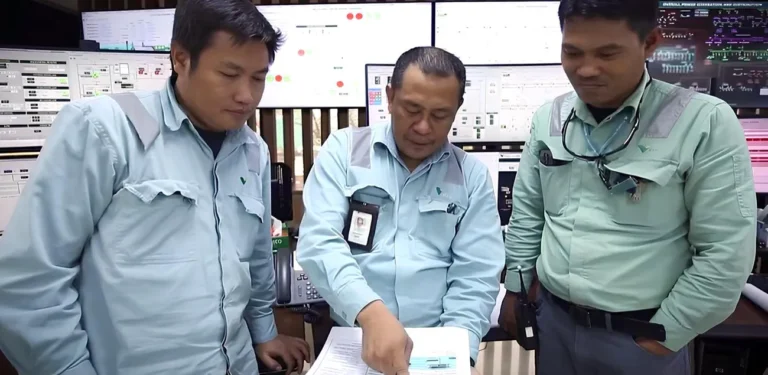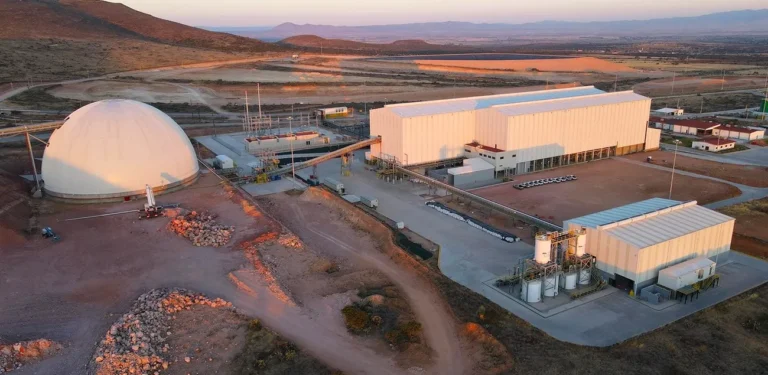
Scientists and companies in the U.S. are exploring novel ways to secure critical minerals, including a method called phytomining, which uses plants to extract metals like nickel from soil. This approach, backed by federal funding, aims to reduce reliance on traditional mining and mitigate China’s dominance in critical minerals.
Phytomining relies on hyperaccumulators—plants that absorb high concentrations of metals like nickel and zinc. These plants are grown in mineral-rich soils, harvested, and incinerated, leaving a concentrated nickel ash. This material can then be processed into battery-grade nickel.
ARPA-E, a U.S. Department of Energy agency, has allocated $10 million to support research into nickel farming. At the University of Massachusetts Amherst, scientists are using gene editing to create a fast-growing, nickel-absorbing oilseed plant. The goal is to enable farmers in states like Maryland and Oregon to cultivate these plants on nickel-rich but otherwise unproductive land.
The concept is also being tested internationally. U.S. startup Metalplant has begun nickel farming in Albania, adapting local plant species for American soils. Meanwhile, Botanickel, a European partnership, is growing nickel-absorbing plants in greenhouses in Europe and Malaysia.
While phytomining is still small in scale, producing roughly 300 pounds of nickel per acre annually, it offers an environmentally sustainable alternative to conventional mining. The extracted nickel is already purer than mined material, reducing processing costs and energy use.
The U.S. is also funding other unconventional methods for securing minerals, such as extracting rare earth elements from seaweed and using microbes to separate metals from ore. These initiatives reflect growing urgency to develop domestic sources of critical materials, as China continues to dominate global supplies of nickel, lithium, cobalt, and rare earths.



